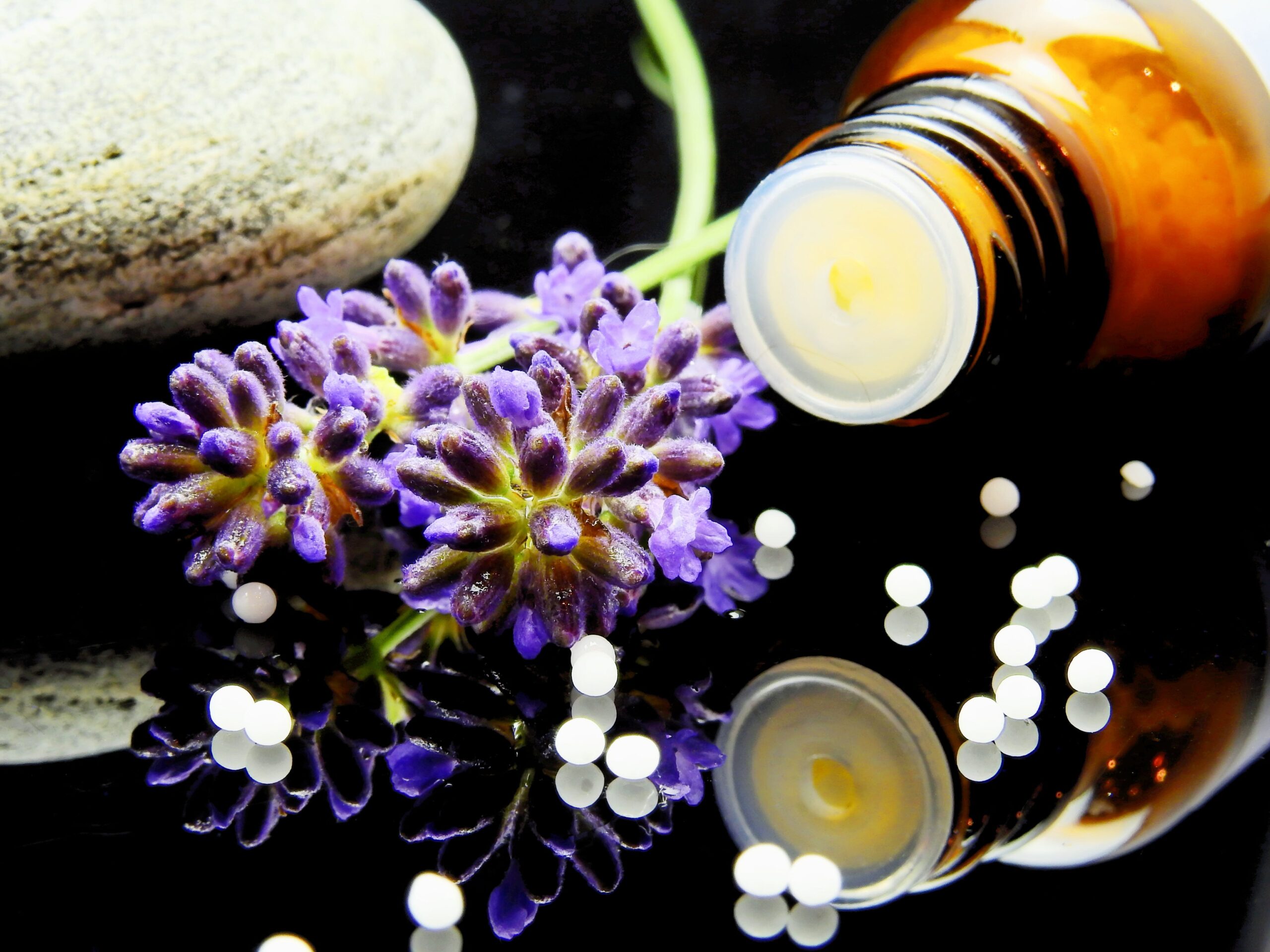Based on the healthy qualities of herbs, phytotherapy has been treating humans for millennia. The practice considers the general well-being of the organism which it seeks to restore to balance or homeostasis. So green remedies contain the active ingredients of plants that can restore the correct physiology of the body. Thus, phytocompounds, more than alleviating symptoms, strengthen and support the body while it fights disease. Therefore, from a natural point of view, herbal remedies are used to prevent ailments and to increase energy and vitality.
But, by law, green preparations must be titrated, that is, they must declare the grams of active ingredients contained. For some substances, limits have been set that must not be exceeded and for others, a medical prescription is required for purchase.
Furthermore, many phytocomplements are included or indicated among the “food supplements”, such as psyllium, useful for intestinal dysfunctions. However, it is possible to use herbal products for home preparations, particularly in the form of herbal teas and infusions. In fact, only to alleviate banal ailments can one proceed with self-prescription which would otherwise be dangerous.
In the medical field, phytotherapy can intervene in common symptoms, such as pain, possibly supplementing medications. Today, herbal medicine as the foundation of phytotherapy has been packaged into many modern products, a famous example of which is Blue Poppy Herbal Medicine. However, excessive quantities of some preparations can generate addiction to them or increase the ailments they would like to treat.
Phytotherapy: What is it?
It is the oldest and most popular form of treatment, which is based on the beneficial properties of many plants. A thousand-year-old practice, herbal medicine is aimed above all at the physiology of the body, which is considered as a whole. In fact, with the remedies provided by nature, we try to rebalance the body, eliminate pathological agents, and also prevent disorders. Therefore, the method also deals with the symptoms more specifically with total health, for the recovery of well-being.
To restore the correct organic biology, altered by the disease, phytotherapists use targeted active plant ingredients. Therefore formulas have been established for extracting and preparing compounds from herbs, each indicated for a different condition.
Difference with traditional medicine
Unlike synthetic drugs, which can weaken and intoxicate the body, herbal preparations strengthen and support. In fact, many plants can compensate for physiological deficiencies and stimulate functions affected by pathologies. For example, the use of herbal medicines in some infectious diseases can strengthen the immune system. In this way, the body is better able to defend itself, without massive intervention of antibiotics.
However, in chronic syndromes, the regular use of herbal products allows the body to resist. Furthermore, the compensatory action due to herbal medicines is more harmless than some outcomes caused by drugs.
Clinical phytotherapy
On the contrary, phytotherapy is less rapid and active in acute pathologies, which require fast-acting and powerful medicines. However, numerous laboratory medicines have been created from “green” substances.
Currently, phytotherapy, while remaining in its historical tradition, has been revised and modernized. Predominantly, herbal products complement conventional medical ones, helping the body in the fight against the disease. For example, plant therapy also uses compounds from various medicinal herbs to treat ailments and maintain health. But, usually, phytotherapy uses whole plants, while classic medicines are made by extracting a single active ingredient from an herb.
History
“Green” medicine has been used for centuries all over the world and probably originated with man. In fact, having plants at hand, primitive people were inspired to use them to soothe pain and discomfort. Therefore, already at the dawn of civilization, man attempted to distinguish the various herbs and assign them to specific ailments. But, the process happened randomly, experimenting with roots, leaves, and other parts perhaps on human “guinea pigs”.
The force of nature, in prehistory and immediately following periods, was considered magical. Particularly relevant is the fact that our ancestors saw something divine in plants, even in a negative sense. In fact, among the first green discoveries of man, there is the recognition of plant poisons, perhaps resulting from many test poisonings. Soon the power of therapy was exclusive to priests and “healers” who had the ability and intuition to select plants. However, the use of vegetables became sacred and intended for rituals and ceremonies that could only be celebrated by initiates. In fact, getting sick was considered a punishment from God, so healing practices were performed only in temples.
In the end, the side effects
Sometimes the prolonged use of a “green” medicine can create a sort of addiction to it or increase the original disorders. In fact, some plants can make you drowsy, dangerous for drivers, or prove too exciting. Moreover, it is difficult for a subject to work on his “terrain”, or constitution, because he does not have the basic notions.
So? Phytotherapy has been proven to “support” human health for thousands of years and it is still relevant today. However, its use must always be followed by medical considerations considering the side effects that may occur.

 Tech5 months ago
Tech5 months ago
 Tech7 months ago
Tech7 months ago
 Life Style6 months ago
Life Style6 months ago
 Marketing6 months ago
Marketing6 months ago
 Health7 months ago
Health7 months ago
 Tech6 months ago
Tech6 months ago
 Entertainment6 months ago
Entertainment6 months ago
 Health7 months ago
Health7 months ago
















